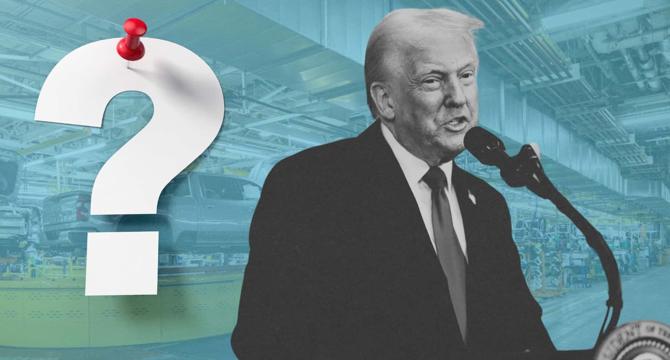Motor1
1M
59

Image Credit: Motor1
Trump's 25-Percent Auto Tariff Is Extremely Ambiguous
- The recent announcement of a 25-percent auto tariff by US President Donald Trump is bringing ambiguity surrounding its implementation.
- The order targets vehicles and auto parts imported into the US, citing COVID-19-induced national security concerns.
- Exceptions exist, with a 30-day difference in tariffs for parts and automobiles not built in the US, affecting Canada and Mexico as well.
- The USMCA allows for preferential tariff treatment based on the amount of US content in imported automobiles.
- A fuzzy valuation process for determining non-US parts value opens room for discussion between automakers and the Secretary of Commerce.
- Proclamation 7 establishes a 90-day period to expand the scope of tariffs on automobile parts, allowing industry inputs.
- Proclamation 9 entails monitoring imports to assess the need for additional action, offering a potential off-ramp for the tariff increase.
- The ongoing uncertainties may lead to a prolonged period of adjustments in the auto industry, with the potential for the tariff to be negated entirely.
- US-based companies and industry associations can request certain parts to be subjected to the tariff, contributing to the complexity.
- The situation remains fluid, suggesting a challenging year ahead for the auto sector with evolving policies and potential reversals.
Read Full Article
3 Likes
For uninterrupted reading, download the app